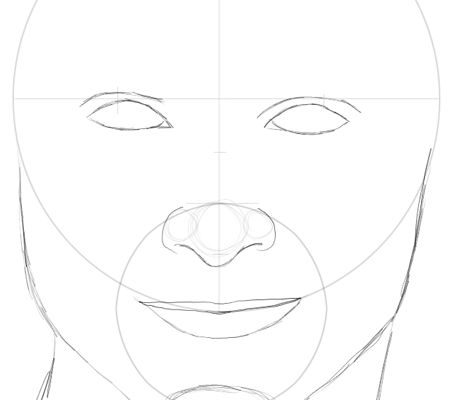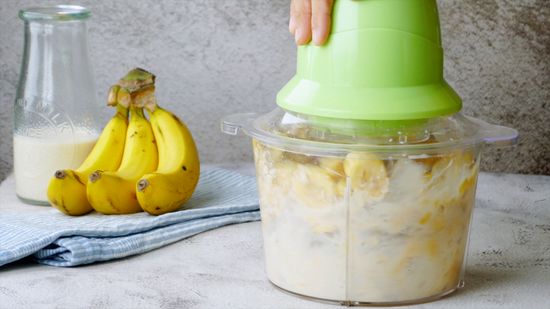How to Melt Copper

Introduction
Copper is a versatile and valuable metal commonly used in various industries, including construction, electronics, and art. Melting copper requires a solid understanding of safety protocols, necessary equipment, and the proper technique. This article will walk you through the process of melting copper step by step.
Safety Precautions
Melting copper involves high temperatures and the potential for molten metal spills. Ensure you are taking all necessary safety precautions:
1. Work in a well-ventilated area: Molten copper can release potentially harmful fumes.
2. Wear safety gear: This includes heat-resistant aprons, gloves, safety goggles, and face shield.
3. Keep equipment and workspace clean: Cleanliness reduces the risk of contamination or accidents.
Required Materials
Before beginning the process of melting copper, gather the necessary materials:
1. Copper scrap or pieces to melt
2. A crucible made of graphite or another heat-resistant material
3. A furnace capable of reaching temperatures up to 1,984°F (1,085°C)
4. Tongs or grasping tool
5. Casting mold for desired shape
6. Borax for flux (optional)
Melting Process
Now that you have all your materials prepared, follow these steps to melt the copper:
1. Prepare the Furnace: Ensure that the furnace is clean and functioning correctly.
2. Place Copper in Crucible: Add the copper into the crucible until it is about half full.
3. Optional – Add Flux: If you’re using borax as flux, add a small amount (about one teaspoon per pound of copper) to remove impurities from the metal, making it easier to pour.
4. Heat The Copper: Place the crucible containing copper inside the furnace and close its door securely. Set the temperature to around 1,984°F (1,085°C) and wait for the copper to melt.
5. Monitor the Process: Keep checking the copper in the crucible to ensure it melts evenly. You can periodically stir it using a heat-resistant tool if necessary.
6. Pour the Molten Copper: Once the copper has melted, use tongs or a grasping tool to carefully remove the crucible from the furnace. Slowly pour the molten copper into the casting mold, taking care not to splash hot liquid.
7. Let it Cool: Allow adequate time for the copper to cool and solidify in the mold, which may take several hours.
8. Remove and Clean: Once cooled, remove the copper casting from the mold and clean any excess material.
Conclusion
Melting copper is an intricate process requiring much attention to detail and safety precautions. By following these steps and adhering to safety guidelines, you can successfully melt and cast copper for your desired purpose. Always remember that safety must come first when working with high temperatures and molten metals.






